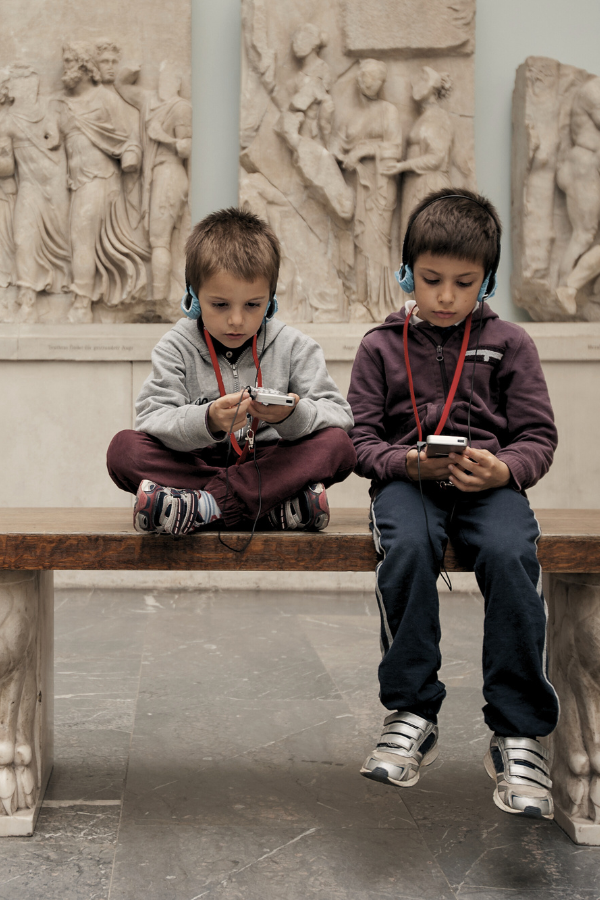

These Are the Best Museum Programs for Children
Summary
Reflection Questions
Journal Prompt
When properly designed, the children’s programs at museums can offer unique and enriching experiences that extend beyond traditional classroom walls. Unfortunately, not every museum pays enough attention to their youngest visitors. As such, this article offers a curated selection of the world’s best museum programs tailored to kids. These programs successfully blend educational value with engaging, age-appropriate content. From the British Museum and the Louvre to the Metropolitan Museum of Art and others, we hope to highlight how these programs contribute to the cognitive and cultural development of young minds. Read on to learn more!
Early Museum Education: Why are Children’s Programs Important?


Over the years, researchers have conducted many studies examining the importance of children’s exposure to museums and cultural institutions. These studies provide empirical evidence and theoretical insights into how museum visits can positively impact children’s educational development, cultural awareness, and social skills, highlighting the unique and valuable role that cultural institutions play in education and society. Let’s consider the results of one of the most commonly referenced studies on the impact of museum visits on children.
The Educational Value of Museum Field Trips
One notable study on the educational value of field trips to museums is “The Educational Value of Field Trips” by Jay P. Greene, Brian Kisida, and Daniel H. Bowen, published in “Education Next” in 2014. This study is considered the first large-scale randomized-control trial designed to measure what students learn from school tours of an art museum. The research focused on school trips to the Crystal Bridges Museum of American Art and found that these visits had a significant impact on students.
It was observed that students who participated in the tours showed improved knowledge about art, enhanced critical-thinking skills, increased historical empathy, higher levels of tolerance, and a greater taste for consuming art and culture. This study suggests that enriching field trips contribute substantially to the development of students into well-rounded individuals with a deeper appreciation for arts and culture. The research particularly highlighted the benefits for disadvantaged groups, noting larger gains in critical thinking skills among rural students and students from high-poverty schools.
The study detailed how students who toured the museum displayed a stronger ability to think critically about art compared to a control group. The researchers used a seven-item rubric for measuring critical thinking, developed by researchers at the Isabella Stewart Gardner Museum in Boston. The results showed that students assigned by lottery to a tour of the museum improved their ability to think critically about art by 9 percent of a standard deviation relative to the control group. The gains were even more significant for disadvantaged groups.
Furthermore, the tours positively affected students’ values, leading to greater historical empathy and tolerance. Visiting an art museum exposed students to a diversity of ideas, peoples, places, and time periods, which broadened their experience and imparted greater appreciation and understanding. The study also noted an increased interest in art museums among students who took the tours, suggesting potential long-term benefits in terms of engagement with cultural institutions.
These Are the Best Museum Programs for Children
The British Museum, London, UK


First on our list is The British Museum, which was established in 1753 and opened to the public in 1759. Known for its comprehensive collection that spans over two million years of human history, the museum is world-renowned. Its significance lies in its diverse collection, ranging from the Rosetta Stone to the Elgin Marbles, offering a panoramic view of human civilization’s art, history, and culture.
The museum’s children’s programs are designed to make history accessible and engaging for the younger audience. These initiatives aim to spark curiosity and foster a deeper understanding of the world’s rich cultural heritage. Educational workshops at the British Museum are tailored to immerse children in the world of history and archaeology. These workshops, often aligned with school curriculums, offer hands-on experiences with replicas and artifacts, making history tangible and more relatable for children.
Interactive exhibitions are a cornerstone of the museum’s approach to engaging young minds. These exhibitions are crafted to be interactive and immersive, often incorporating digital media, games, and storytelling to bring historical narratives to life in a way that resonates with children. Special events for children are regularly organized to provide an enriching experience. These events range from themed days, where children can participate in activities related to specific exhibitions, to holiday events that blend entertainment with education, making each museum visit a unique and memorable experience.
The museum offers a wide variety of family visit resources here.
The Louvre, Paris, France
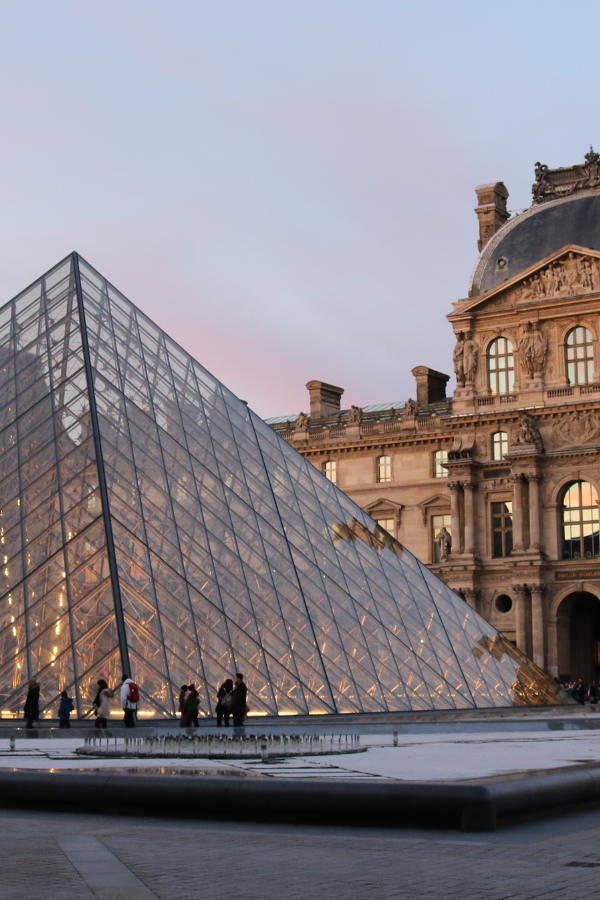

The Louvre, originally a medieval fortress transformed into a royal palace and finally a public museum in 1793, is not only Paris’s historical landmark but also the world’s largest art museum. Famed for housing masterpieces like Leonardo da Vinci’s ‘Mona Lisa’ and the ancient Greek statue ‘Venus de Milo’, the Louvre offers a comprehensive journey through art history, spanning from antiquity to the 21st century.
The Louvre’s children’s programs are an embodiment of its commitment to making art accessible to younger audiences. These programs are thoughtfully designed to spark interest in art and history in a fun and interactive way. Art-based workshops in the Louvre are specially curated for children, allowing them to engage directly with art. These workshops, often themed around specific artworks or periods, enable children to understand art through creative expression, whether it be painting, sculpture, or drawing, guided by experienced educators.
Guided tours for families are tailored to be kid-friendly, ensuring that a visit to this vast museum is not overwhelming for younger visitors. These tours are interactive and informative, focusing on engaging children with stories behind the artworks and the history of the museum, making the visit both educational and enjoyable. Hands-on activities are a significant part of the Louvre’s children’s programs. These activities range from treasure hunts to role-playing games, designed to engage children in an active exploration of art and history, fostering a sense of discovery and adventure.
The Metropolitan Museum of Art, New York, USA
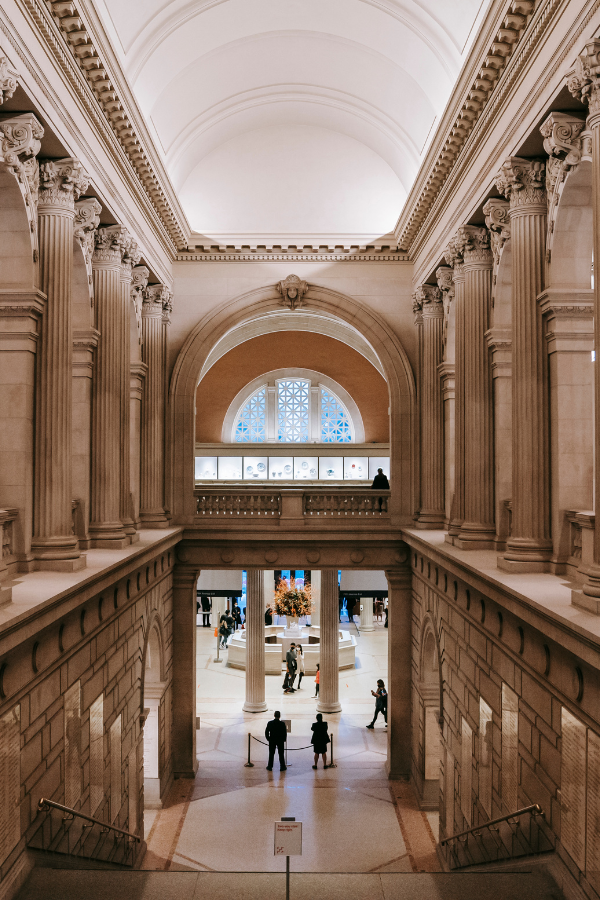

The Metropolitan Museum of Art, commonly referred to as “The Met,” is one of the world’s largest and most comprehensive art museums. Located in New York City, it was founded in 1870 and has since become a landmark for art enthusiasts. The museum’s vast collection, encompassing over two million works, spans 5,000 years of world culture, from ancient artifacts to contemporary art, making it a treasure trove for visitors of all ages.
The Met’s children’s programming is a vibrant part of its educational offerings, designed to make art accessible and engaging for younger audiences. These programs focus on creative expression, storytelling, and interactive learning, tailored to captivate children’s interest in art and culture. Art and craft sessions at The Met are specifically designed for children to explore their creativity while learning about art. These sessions often involve hands-on activities like drawing, painting, or sculpture, inspired by the museum’s diverse collection. These workshops are not only fun but also educational, allowing children to connect with art in a tangible way.
Storytelling and performance events are a unique aspect of The Met’s children’s programs. These events bring art to life through engaging stories and performances, often related to current exhibitions or specific artworks in the museum. This approach to storytelling makes art more relatable and enjoyable for children, enhancing their understanding and appreciation. Interactive gallery tours are tailored to be child-friendly, encouraging young visitors to explore the museum in an engaging and informative way. These tours are designed to be interactive, often involving games, puzzles, or quizzes, making the museum experience both educational and entertaining for children.
The Museum of Modern Art (MoMA), New York, USA
The Museum of Modern Art (MoMA) in New York is a pioneering institution dedicated to modern and contemporary art. Established in 1929, MoMA has been instrumental in developing and collecting modernist art, and is often identified as one of the largest and most influential museums of modern art in the world. Its impressive collection includes works of architecture, design, drawings, paintings, sculpture, photography, prints, illustrated books, and artist’s books, as well as film and electronic media.
MoMA’s Children’s Programming
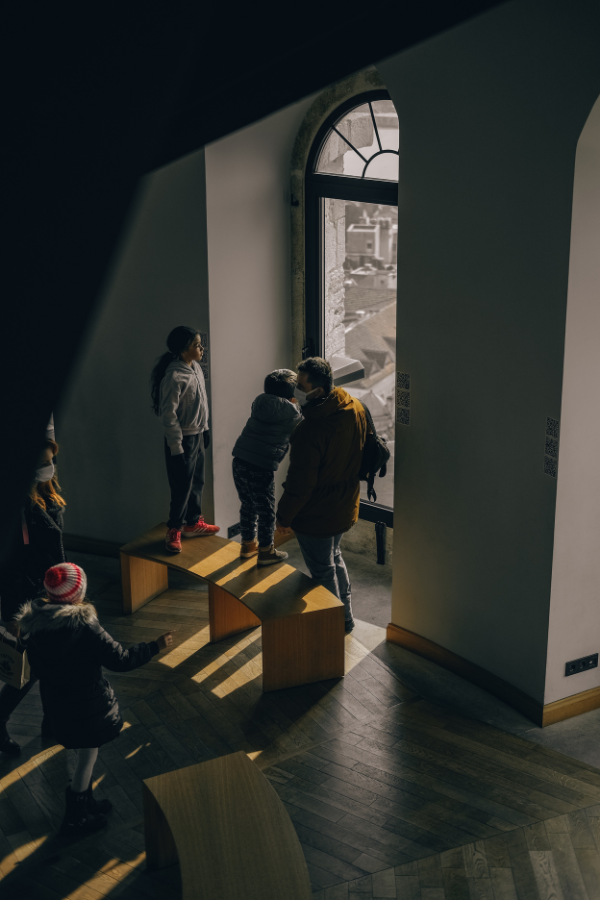

MoMA’s children’s programs are designed to make modern art accessible and engaging to the younger audience. These programs aim to inspire creativity and appreciation for contemporary art among children. Creative art workshops at MoMA provide a hands-on experience for children to explore various aspects of modern art. These workshops, led by artists and educators, offer kids the opportunity to engage in activities such as painting, sculpting, or digital art creation, all inspired by the works displayed in the museum.
Family-friendly exhibitions are a key feature of MoMA’s programming for children. These exhibitions are curated to be accessible and appealing to visitors of all ages. Interactive elements, child-friendly interpretive materials, and activities within the exhibition space make these visits both educational and enjoyable for families. Digital and multimedia programs at MoMA incorporate the latest technology to offer unique learning experiences. These programs might include interactive digital kiosks, mobile apps, or online resources, allowing children to engage with modern art in a medium that is familiar and exciting to them.
The Art Institute of Chicago, Illinois, USA
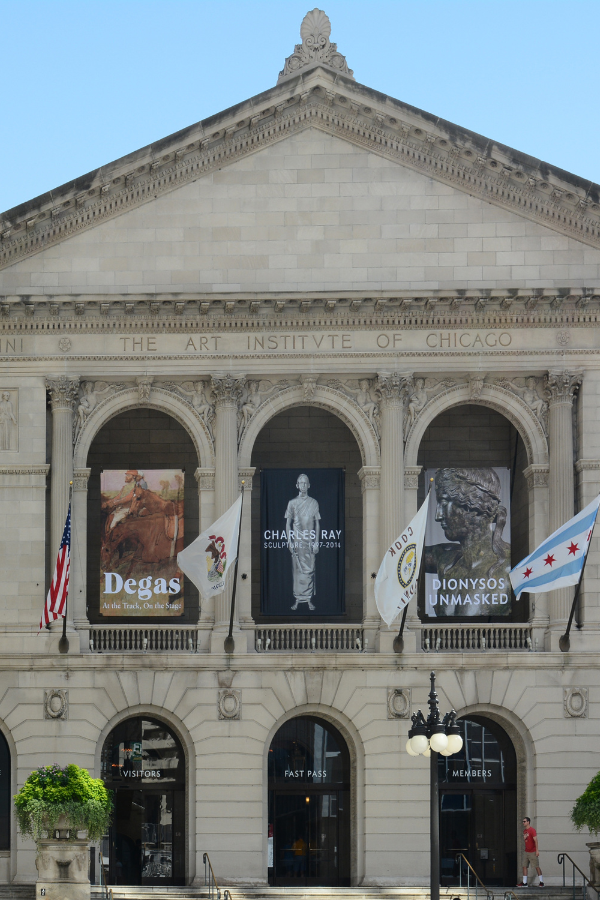

The Art Institute of Chicago, established in 1879, is one of the oldest and largest art museums in the United States. Renowned for its encyclopedic collection, the museum houses works ranging from ancient artifacts to contemporary art. It is particularly noted for its collection of Impressionist and Post-Impressionist paintings, including iconic works by artists like Georges Seurat, Vincent van Gogh, and Claude Monet. Located in Chicago’s Grant Park, it is a central figure in the city’s cultural landscape.
The Art Institute’s Children’s Programming
The Art Institute of Chicago’s children’s programming is designed to foster a love and understanding of art from a young age. These programs are tailored to be both educational and engaging, ensuring that art is accessible to the younger generation. Family workshops at the Art Institute offer a collaborative space for children and parents to engage with art together. These workshops typically involve hands-on activities, such as creating their own artworks inspired by the museum’s collection, providing a shared learning experience that is both fun and educational.
Interactive learning experiences are a hallmark of the museum’s offerings for children. These include age-appropriate tours and activities that encourage kids to observe, discuss, and engage with artworks. The interactive nature of these experiences is designed to spark curiosity and critical thinking among young visitors. Special events for young artists are regularly held, providing opportunities for children to explore their artistic talents. These events might include art competitions, exhibition opportunities, or artist-led classes and demonstrations, all aimed at nurturing young creative minds.
Rijksmuseum, Amsterdam, Netherlands
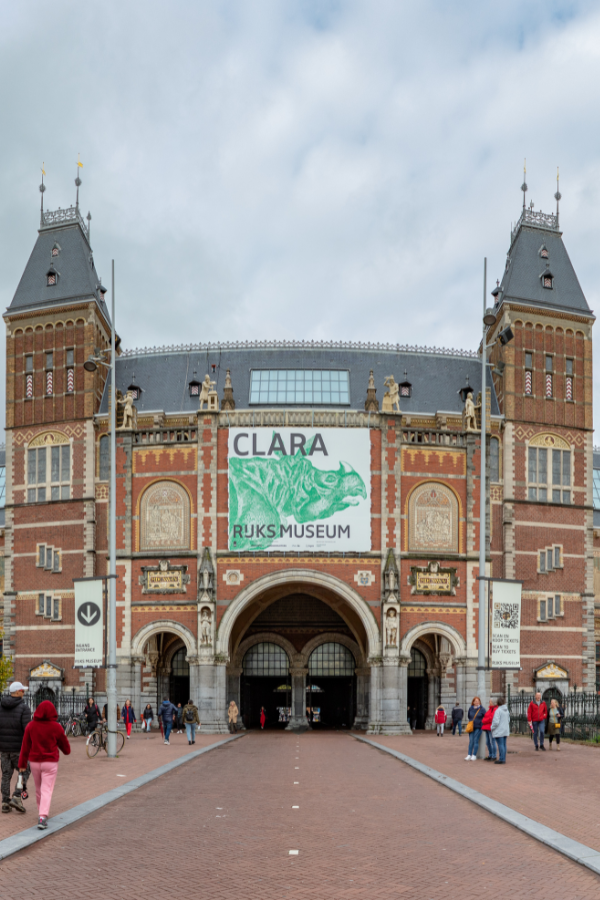

The Rijksmuseum in Amsterdam, established in 1800 and moved to its current location in 1885, is the Netherlands’ national museum dedicated to arts and history. It is renowned for its vast collection, including masterpieces of 17th-century Dutch art, such as Rembrandt’s “Night Watch” and Vermeer’s “The Milkmaid.” The museum’s rich collection provides a comprehensive overview of Dutch art and history from the Middle Ages onwards, making it a vital repository of Dutch cultural heritage.
The Rijksmuseum’s child-focused programming is designed to make history and art engaging and accessible to younger audiences. These programs are tailored to stimulate curiosity and foster a deeper appreciation for art and history in children. Interactive historical tours at the Rijksmuseum are crafted to captivate the imagination of young minds. These tours often involve storytelling, interactive discussions, and activities that bring historical events and figures to life, helping children connect with the past in an engaging and memorable way.
Workshop sessions in various art forms offer hands-on experiences for children. These workshops, inspired by the museum’s collection, may include painting, drawing, sculpting, or even multimedia arts. They provide a platform for children to express their creativity while learning about different art styles and techniques. Engaging storytelling techniques are a key component of the Rijksmuseum’s approach to education. Through stories, the museum brings the history behind its artworks to life, making it more relatable and interesting for children. This method of storytelling helps to build a narrative around the art, enhancing children’s understanding and retention of historical information.
National Gallery of Victoria, Melbourne, Australia
The National Gallery of Victoria (NGV), located in Melbourne, Australia, is the oldest and most visited art gallery in the country. Established in 1861, it houses a vast collection that spans thousands of years, ranging from ancient art to contemporary works. The NGV is known for its diverse array of exhibitions, showcasing both international and Australian art, including Indigenous and Torres Strait Islander art, which makes it a crucial institution for understanding global and local art narratives.
The NGV’s Children’s Programming


The NGV offers a range of children’s programs designed to engage young minds with the world of art. These programs are focused on making art both accessible and enjoyable for children, encouraging exploration and creativity. Interactive art sessions at the NGV are designed to be hands-on, allowing children to engage directly with art-making processes. These sessions often involve creative activities inspired by the gallery’s collections and exhibitions, helping children to connect with art in a practical and enjoyable way.
Educational tours and talks are tailored specifically for a younger audience. These tours provide insights into various artworks and artists, presented in an engaging and age-appropriate manner. The talks are often interactive, encouraging questions and discussions, making them an effective tool for learning and engagement. Family-oriented art events are a key part of the NGV’s programming for children. These events include a variety of activities such as family days, where children and their families can participate in art-making workshops, interactive games, and themed explorations of the gallery.
Other Notable Museums with Exceptional Children’s Programs
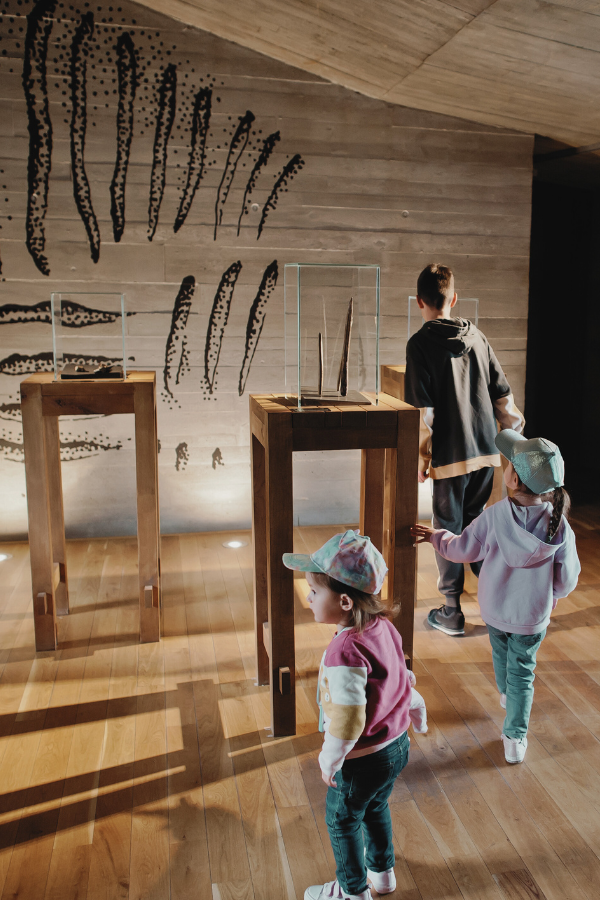

Beyond those listed above, there are numerous other museums worldwide that offer exceptional children’s programs. These include the Smithsonian in Washington D.C., the Guggenheim Museum in New York, the Museo del Prado in Madrid, and the Tokyo National Museum in Japan. Each of these museums is distinguished not only by their significant collections and contributions to the arts and sciences but also by their dedication to engaging young minds through innovative educational programs.
Each museum has a unique approach to children’s programming…
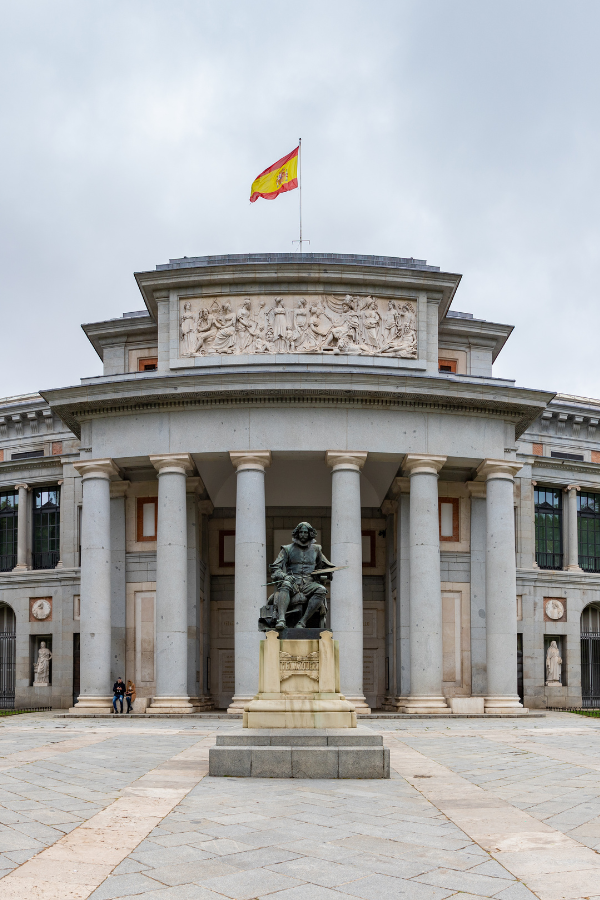

The Smithsonian, with its vast network of museums, offers a variety of programs that include interactive exhibits, hands-on workshops, and educational tours, each tailored to different age groups and interests, ranging from natural history to aviation.
The Guggenheim Museum, known for its modern and contemporary art, provides art-based workshops and interactive tours that encourage children to engage with art in a creative and thought-provoking way.
Madrid’s Museo del Prado, housing one of the finest collections of European art, offers educational programs that immerse children in the world of classical art, blending storytelling with art appreciation.
The Tokyo National Museum, the largest museum in Japan, focuses on traditional Japanese art and culture. Its children’s programs are designed to introduce young visitors to the rich history and artistic heritage of Japan through interactive workshops and cultural activities.
Final Thoughts on the Value of Children’s Museum Programming
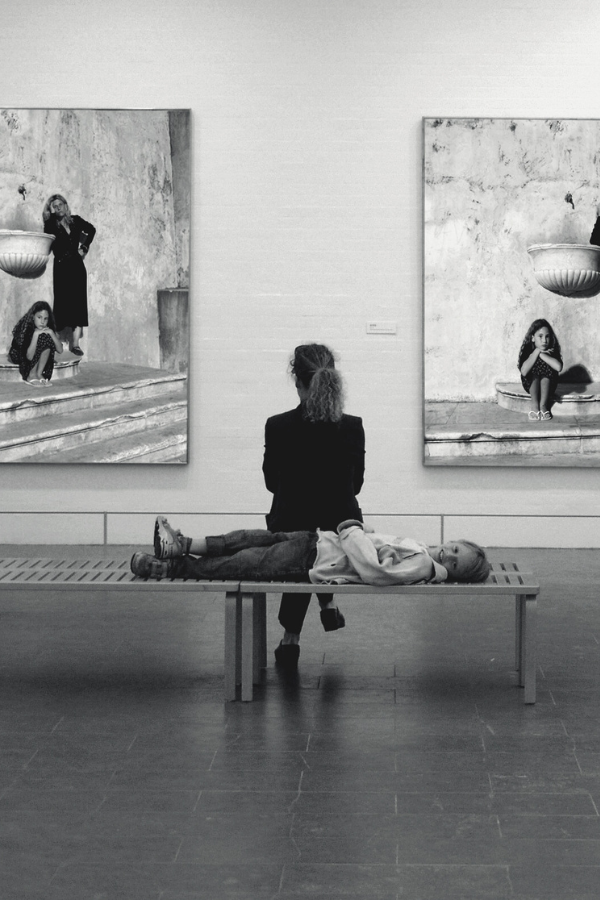

The role of museum programs in child development cannot be overstated. These institutions offer more than just a glimpse into art, history, and science; they provide dynamic environments where young minds can explore, question, and connect with a broader world perspective. The educational benefits of these programs, ranging from enhanced critical thinking to increased cultural awareness, are well-documented and significant.
It is imperative, therefore, that we continue to support and develop museum programs globally. Such backing not only ensures the preservation of our cultural heritage but also invests in the intellectual and empathetic growth of future generations. As these programs evolve and adapt to new educational challenges and opportunities, their potential to positively shape young lives remains a constant, vital force.








